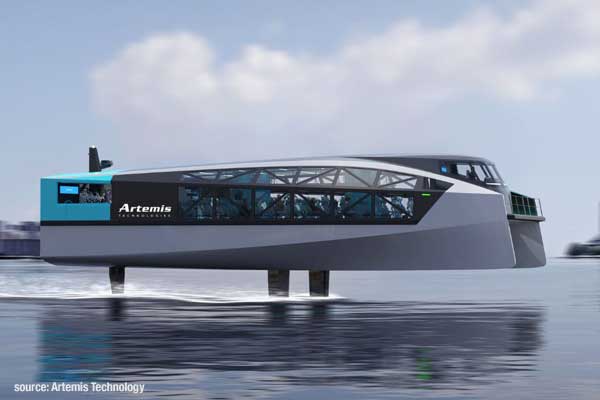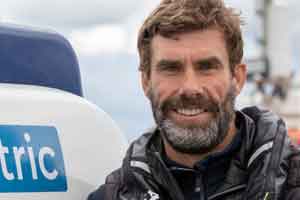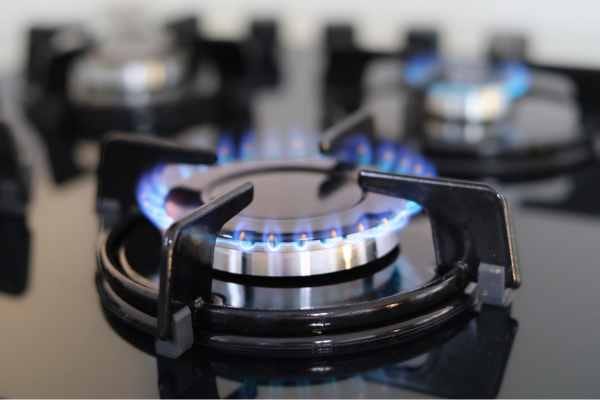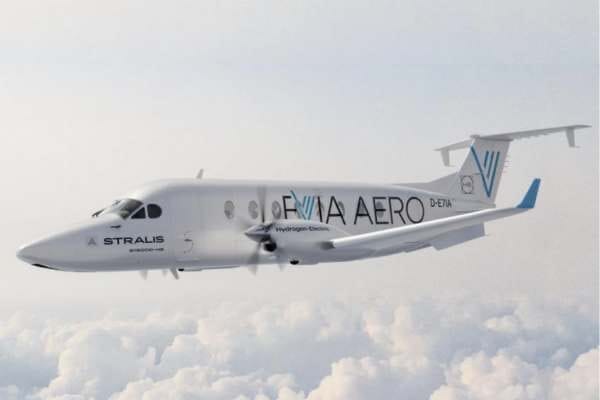Flying ferries are on the ascent
These electric hydrofoils are poised to disrupt the gas-guzzling waterborne transport industry.

Underwater wings are the key to the electric future of ferries.
Electric hydrofoils flying noiselessly above the water are poised to disrupt the gas-guzzling waterborne transport industry.
Stockholm and Belfast are among the first cities preparing to trial these zero-emission hydrofoil-style ferries.
Moving through water requires very large amounts of energy. Unlike conventional powerboats, startups like Candela from Sweden and Artemis Technologies from the UK have taken a different approach, creating hydrofoil-style electric vessels with underwater wings that provide sufficient lift to reduce drag and make electric boating feasible.
The city of Stockholm has plans to trial Candela’s 30-seater flying ferries in the first half of next year, starting with a commuter route from the city centre to the suburb of Ekerö, with a goal of running a fleet of flying ferries.
Electric passenger ferries will also soon be transporting passengers around Northern Island in a pilot project due to start in 2024. Ferries from Artemis Technologies will travel above the water at almost 70km per hour and will link Belfast to Bangor in Northern Ireland in a 25-minute crossing.
"We have combined our experience . . . to design and develop an electric propulsion system that is quite simply a game changer for the maritime industry."

In addition to their green credentials, electric hydrofoil vessels boast many other benefits – they don’t produce fumes, they are quiet, and they require less maintenance than conventional boats.
They also produce no wake, which in turn reduces the impact of the ferries on shorelines.
According to Candela, its vessels use 80 per cent less energy than conventional boats, which boosts both their range and their speed. The company recently announced a 30-seater ferry called the P-12 that can travel at up to 60 kph.
Gustav Hasselskog, Candela’s CEO recently said, “I hope we can drive the transition to emission-free boating at a very fast pace.”
Artemis Technologies was founded in 2017 as a spin off from the successful Artemis Racing America’s Cup team. Founder Dr Iain Percy OBE is a two-time Olympic champion.
“We have combined our experience from the worlds of high-performance sailing, motorsports, aerospace, and advanced manufacturing to design and develop an electric propulsion system that is quite simply a game changer for the maritime industry,” Percy recently said.
Artemis Technologies recently launched a 24-metre electric workboat capable of transporting up to 150 passengers.
The tech
Propelling a conventional speedboat through the water requires huge amounts of energy, draining even the largest lithium-ion batteries in a short space of time. A new breed of electric hydrofoil vessels aim to counter this through the use of underwater wings that provide lift as the speed of the boat rises, just like an aeroplane taking off. This design significantly reduces drag on the boat and in turn makes electric boating feasible. Electric hydrofoil technology has other benefits: no noise, no pollution, no fumes and no wake.





